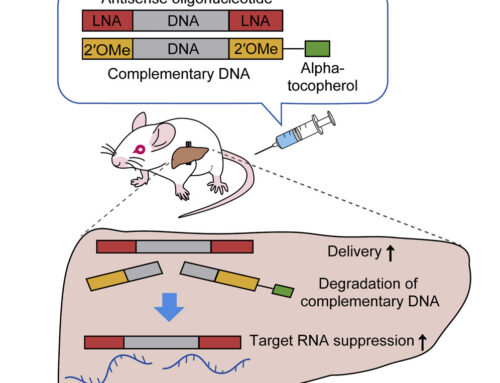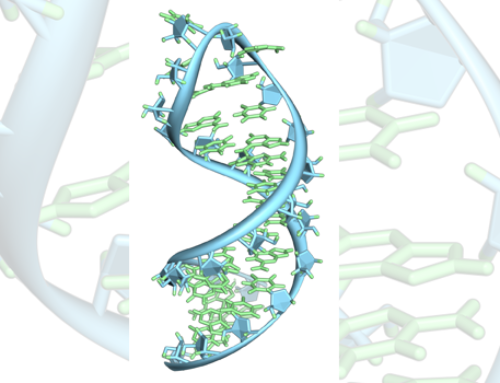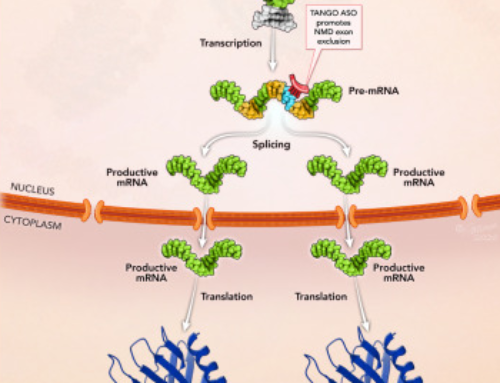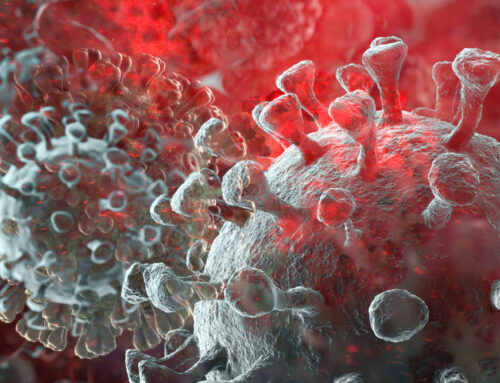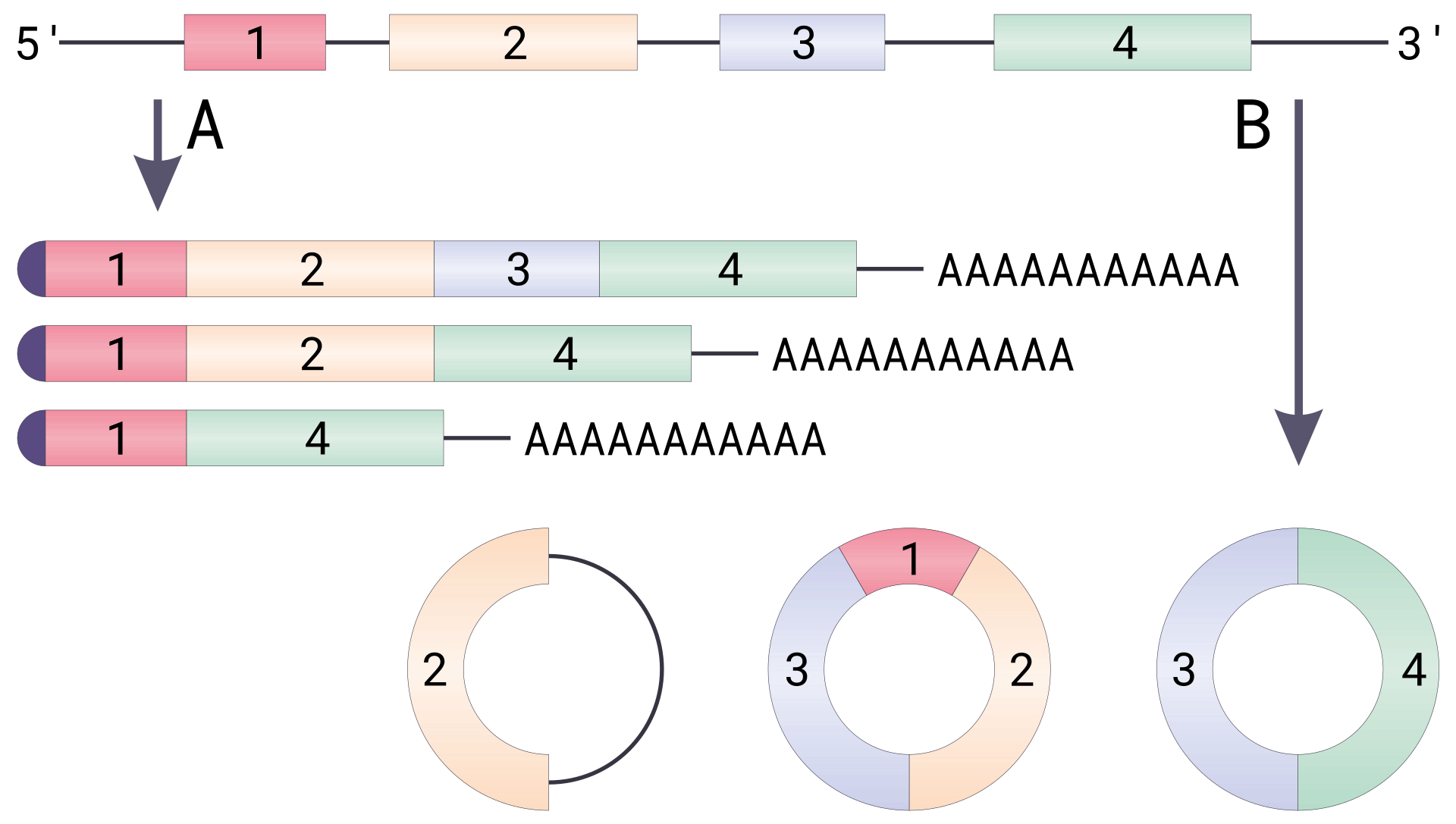

September 2020 Paper of the Month
Targeting Mitochondria-Located circRNA SCAR Alleviates NASH via Reducing mROS Output
Zhao Q, Liu J, Deng H, Ma R, Liao JY, Liang H, Hu J, Li J, Guo Z, Cai J, Xu X, Gao Z, Su S.
First Author

Qiyi Zhao
Co-Authors

Jiayu Liu

Hong Deng

Ruiying Ma
Corresponding Authors

Xiaoding Xu

Ruiying Ma

Corresponding author and Lead Contact, Shicheng Su
Non-alcoholic steatohepatitis (NASH) is caused by accumulation of fat in the liver which can result in liver inflammation, cirrhosis and subsequent liver failure. Evidence suggests that mitochondrial dysfunction and ensuing excessive release of reactive oxygen species (ROS) into the cytosol play an important role in the pathogenesis of NASH.
For more detail on NASH please see this lecture by Prof. Massimo Pinzani:
So far it has not been clear how mitochondrial ROS are released into the cytosol, but Zhao and colleagues from Sun Yat-Sen University in China shed light on the mechanism in this paper. They show that the mitochondrial circular RNA SCAR (steatohepatitis-associated ATP synthase subunit b – ATP5B – regulator) is significantly downregulated in NASH and that SCAR inhibits mitochondrial ROS (mROS) outflow and subsequent fibroblast activation. It does this by sequestering ATP5B and preventing its interaction with mitochondrial permeability transition pore (mPTP). This in turn prevents cyclophilin D (CypD) binding to mPTP, which is required for the pore to open. The authors demonstrate that the expression of SCAR is regulated by peroxisome proliferator-activated receptor gamma (PPAR-γ) coactivator 1-alpha (PGC-1α) which is itself regulated by C/EBP homologous protein (CHOP). Excessive lipid accumulation increases CHOP, thus reducing PGC-1α and SCAR expression, leaving ATP5B unbound and able to mediate mPTP opening.
Using mitochondria-targeted nanoparticles combining an endosomal pH-responsive polymer, triphenylphosphonium (TPP)-decorated amphiphilic cationic peptides (TACP) and encapsulated circRNA-expressing vectors, Zhao et al. show that SCAR overexpression in high-fat fed mice mitigates NASH. Treatment resulted in reduction of ROS levels and cytokine expression as well as improved glucose and insulin tolerance. Weight gain was halted, while fibrosis and macrophage infiltration of livers was reduced. In patients with NASH, downregulation of SCAR correlated with disease progression.
Why you should read it
Mitochondrial circRNA SCAR is a therapeutic target in NASH.


